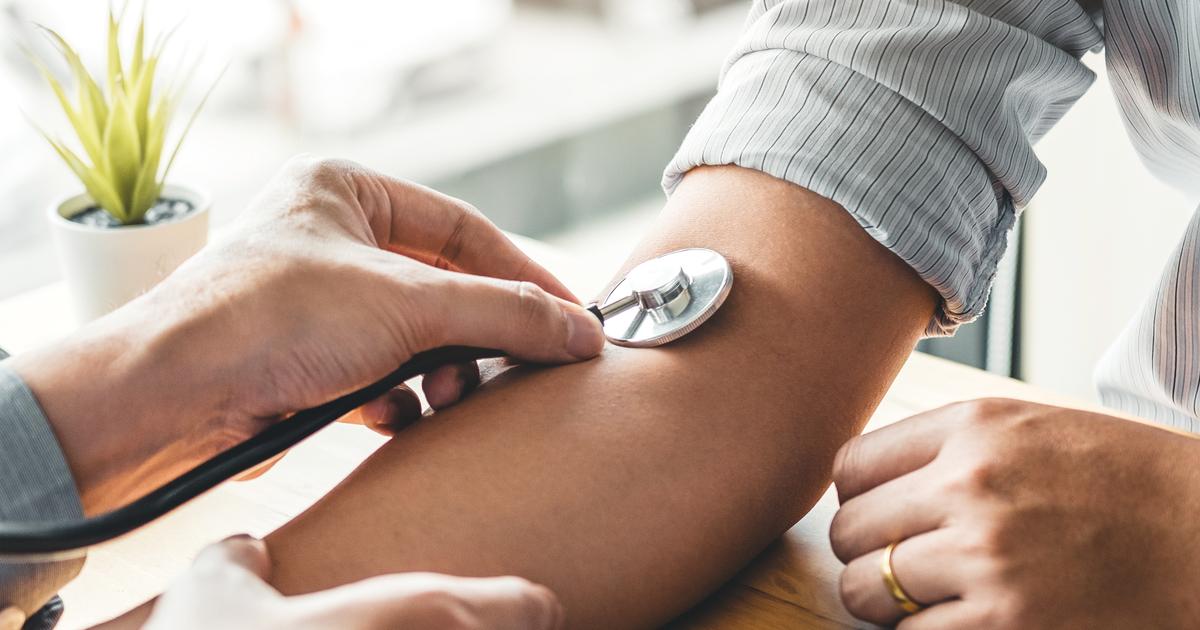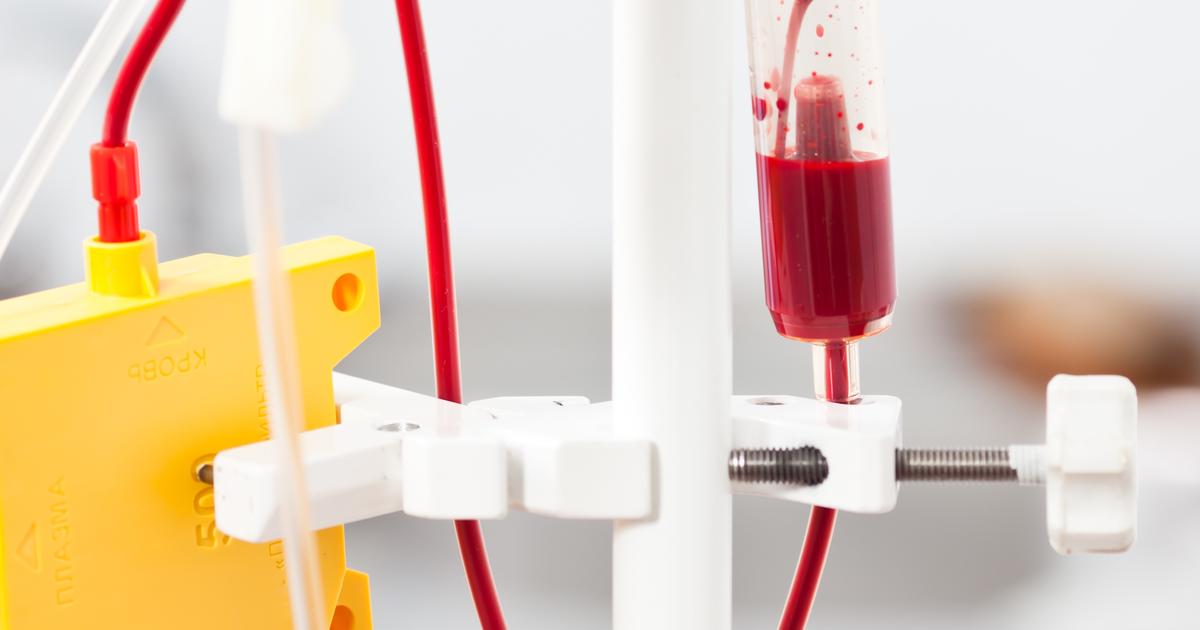Guillain Barre Syndrome 101: What You Need To Know
Complications

Complications associated with Guillain-Barre syndrome include breathing difficulties, residual numbness or similar sensations, heart and blood pressure issues, intense pain, bowel and bladder problems, pressure sores, and an increased risk of developing blood clots. Additionally, three percent of all individuals afflicted have a chance of relapsing. Severe and early symptoms of Guillain-Barre syndrome significantly increases the risk of critical long-term complications. In rare instances, death can occur from complications associated with respiratory distress syndrome and a heart attack.
Treatment Options

Unfortunately, there is no cure for Guillain-Barre syndrome, although there are treatment options. This condition is serious and requires immediate hospitalization as it can worsen rapidly, and the sooner treatment is started, the better the patient's chance of a great outcome. Two forms of treatment can speed up recovery and reduce the severity of the illness including plasma exchange and immunoglobulin therapy. A plasma exchange, known as plasmapheresis, is when the liquid portion of the blood (plasma) is removed and separated from the blood cells, and then the blood cells are put back into the body, creating more plasma to make up for what was removed.
This may work by ridding plasma of certain antibodies that contribute to the immune system attacking the peripheral nerves. Immunoglobulin therapy is when immunoglobulin containing healthy antibodies from blood donors are given through a vein intravenously, and high doses of it can block the damaging antibodies that can contribute to this illness. Patients with Guillain-Barre syndrome are also likely to be given medication that can relieve their severe pain and prevent blood clots from developing. Patients may also need physical help and therapy before and during their recovery due to their muscles weakening and limited mobility.
